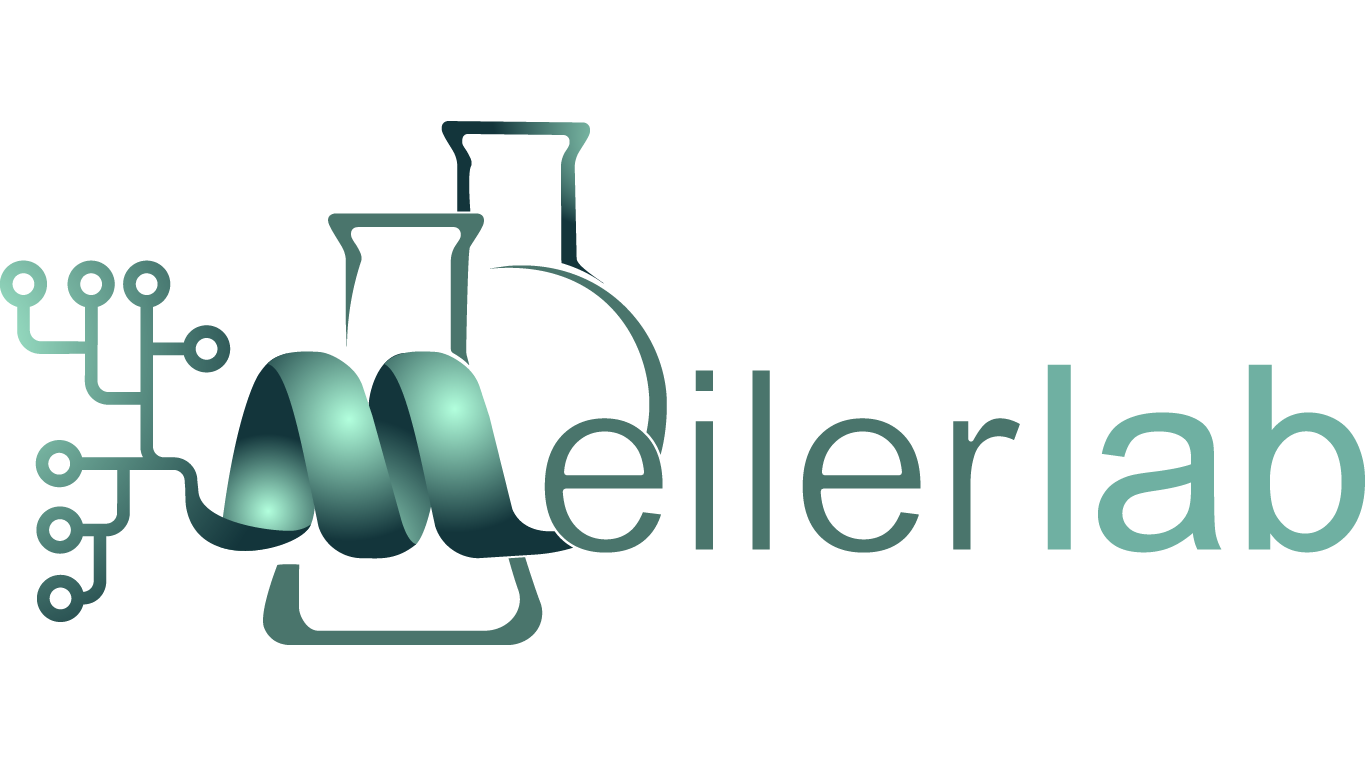Abnormal protein-protein interactions (PPIs) are the cause of many diseases. While traditional small molecule drugs are not feasible when targeting the broad and shallow PPIs interface, large scaffolds of biologic drugs, such as peptides and proteins, enables them to mimic and modulate PPIs. Most natural protein building blocks are constrained with a set of twenty canonical amino acids (CAAs). Hence, incorporating noncanonical amino acids (NCAAs) will dramatically expand the sidechain conformation space for novel therapeutic peptides' computational design. To incorporate NCAAs into Rosetta protein design, we have established protocols that parameterizes their structures as well as employs NCAA specific perturbation movers to sample the conformations of NCAAs. There are 20 natural AAs and 100 NCAAs available in the Rosetta Database, additionally there are 300 NCAAs available commercially. More info on the the protocol can be found here.
Bibliography
[1]
Mendenhall J, Brown BP, Kothiwale S, Meiler J. BCL::Conf: Improved Open-Source Knowledge-Based Conformation Sampling Using the Crystallography Open Database. J Chem Inf Model. 2021 Jan 25;61(1):189-201.
[2]
Drew K, Renfrew PD, Craven TW, Butterfoss GL, Chou FC, Lyskov S, Bullock BN, Watkins A, Labonte JW, Pacella M, Kilambi KP, Leaver-Fay A, Kuhlman B, Gray JJ, Bradley P, Kirshenbaum K, Arora PS, Das R, Bonneau R. Adding diverse noncanonical backbones to rosetta: enabling peptidomimetic design. PLoS One. 2013 Jul 15;8(7):e67051.
[3]
Renfrew PD, Choi EJ, Bonneau R, Kuhlman B. Incorporation of noncanonical amino acids into Rosetta and use in computational protein-peptide interface design. PLoS One. 2012;7(3):e32637.
